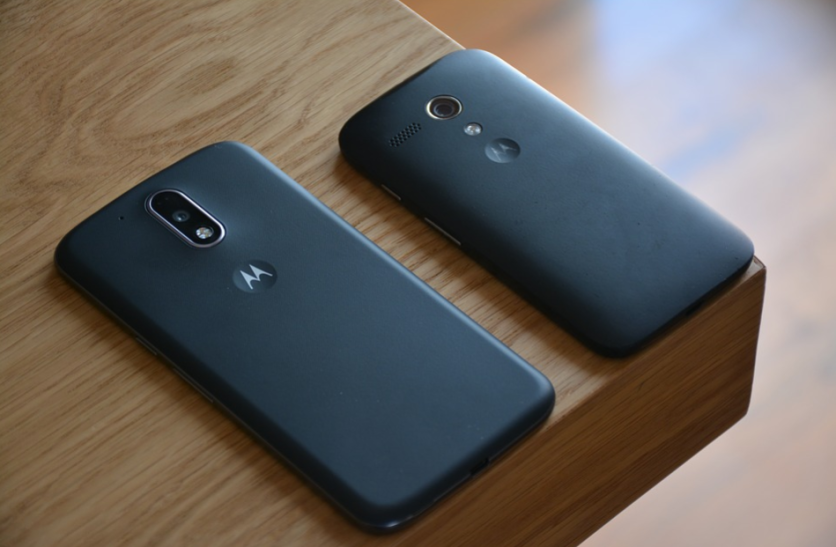
Motorola has started a plan to give its smartphones medium-distance charging technology from a startup company, Guru Wireless, that requires not only no charging cables but also no charging pads.
The technology beams power ten feet or more by using radio waves that are sent from a charging hub to devices like phone, laptops, and even drones.
Motorola Wireless Phones
Both of the companies announced their partnership on Wednesday, May 12, although Motorola did not detail what type of products could get the charging technology or when it will be added, according to Engadget.
Dan Dery, Motorola's vice president of product, said in a statement that with this wireless solution, could give a glimpse of the freedom and flexibility that users can enjo over the revolutionary wireless power technology.
As people become busier, keeping batteries topped up has become an inconvenience.
Charging pads for phones, watches and earbuds can be convenient, but medium-range wireless charging has the potential to free users from charging pads. It can also prevent people from pausing whatever they are doing just to charge their gadgets.
The issue with this is that medium-range wireless charging has not caught on yet, despite the efforts from massive companies like Ossia and Energous.
One dilemma is that experts believe without widespread charging hubs, there is little incentive for device makers to support the technology. But then without the device maker support, there is no reason to purchase a hub.
Guru's technology uses 24GHz airwaves, which is part of the millimeter wave radio spectrum, to send power to devices, according to CNET.
Charging hubs use lensing technology to beam energy toward devices and can pause transmission when they detect an obstruction. If you move a device, the hub can relocate it in just a few seconds. The airwaves can beam power at about five to 10 watts, a rate that is not too far from Qi charging pads, or lower-end phone chargers.
However, the technology can also be adapted for much higher power devices, including laptops and drones that need 100 watts, and for longer distances.
GuRu hubs could be added into ceiling fixtures for a room, conference call speaker systems in offices, smart speakers, or other devices. A standalone hub would cost around the same cost as that of a high-end Qi charger, or a Wi-Fi router.
Advantages and Disadvantages of Wireless Charging
Wireless charging has its own advantages. It is a safer way to transfer power to your device and it is easy to use as you just need to drop the device on the charging pad, according to Pocket Lint.
Wireless charging also puts less strain on the charging port of your device, and especially on your phone. Qi wireless charging pads are being installed in different places, so if you run out of power and don't have a cable, then you can still charge your phone.
However, it has its own disadvantages as well.
Wireless charging is slower, especially for phones with Quick Charge technology. Plugging into a wall outlet will be faster for those devices.
If you have got your phone charging through a cable, you can still hold it and use it as normal. But if you take your phone off a wireless charging pad so you can use it, it stops charging. Also not all phones support wireless charging as of now.
This article is owned by Tech Times
Written by Sophie Webster
ⓒ 2025 TECHTIMES.com All rights reserved. Do not reproduce without permission.




